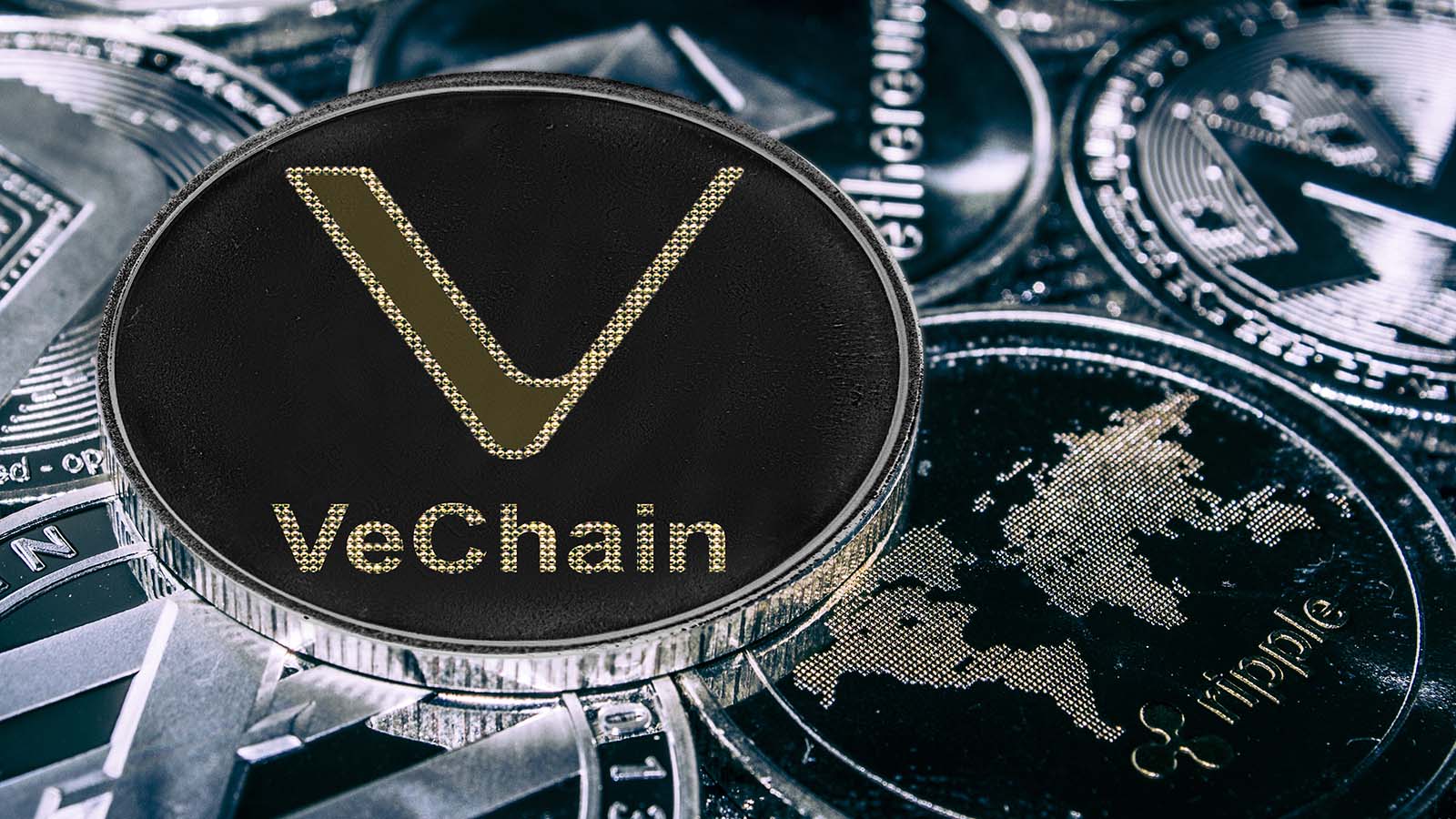
Like any technological innovation, VeChain (CCC:VET-USD) represents the next stage of an ongoing evolutionary process. But at some point, even the greatest inventions — such as the combustion engine — faces a potentially paradigm-shifting event. The question is, will VeChain be able to overcome the obstacle or will it fade into the background?
Source: Shutterstock
In my view, both outcomes are very possible to extract, which makes deciphering the case for VeChain a perplexing one. On the positive end of the spectrum, VeChain is among the few pioneers of blockchain projects that attempted to drive practical utility from the underlying technology. As the project name suggests, VET specializes in decentralized protocols to impart efficiencies in supply chain management.
It’s a fascinating concept because when you’re dealing with SCM, you’re usually referencing blue-chip giants like SAP (NYSE:SAP) and Oracle (NYSE:ORCL). Having personally used both systems in my prior life as a corporate worker bee, I can tell you that these two firms in particular make the big bucks because supply chain and logistics — especially the international variety — is an incredibly complicated venture.
Yes, there are inefficiencies involved, both externally (shipping routes, factory production rates) and internally (software-to-software communication links). Therefore, leveraging the latest in decentralized technologies such as smart contracts and oracles could make for a better process. Naturally, this bolsters the bullish thesis for VeChain.
Another factor — actually, the factor — that should drive even more trading sentiment for VET is the novel coronavirus pandemic. As I mentioned in my televised appearance on CGTN America, the global health crisis combined with retail revenge contributed to an unprecedented demand spike.
With supply chain management on everyone’s mind (including New York bagel shop owners), the new normal is about as organic of a marketing opportunity as you can get for VeChain.
The Other Side of the VeChain Narrative
Although the fundamental underpinnings of this blockchain project appear enormously relevant for our time, VET’s recent market performance tells a different picture. As of this writing, the coin is down 9.03% over the past 24 hours and by nearly 20.8% over the last seven days.
True, anything can happen in the crazy world of cryptocurrencies. Should sentiment return to the digital asset market, VeChain could be well on its way toward another robust rally. Still, it’s not out of the question for VET to stumble.
Although the Covid-19 pandemic presented a perfect upside catalyst for VeChain, it’s also imposing a perfectly negative headwind. For one thing, the supply chain crisis that we see today is not just based on management inefficiencies. Indeed, this could be one of the least problematic aspects.
From what I understand from my research, most truck drivers receive financial compensation on a per-mile basis. Obviously, then, if the trucks aren’t moving, the drivers aren’t getting paid. On the other end, the longshoremen at the ports — again, from what I understand from my research — are paid hourly.
Right here, we have a blatant conflict of economic interests.
As everyone knows by now, the supply chain backlog is a multi-layered dilemma. In one hemisphere, you have an overabundance of containers. On the other end, not enough are available. Additionally, I heard that the docking mechanism to hold containers in place at the ports suffer from their own shortage.
Well, these and many other challenges pressure the longshoremen to hurry up but why should they? Largely, they’re hourly workers. And about the trucker shortage: they’re not getting paid to sit around so why should they continue working for free?
These are such complicated issues that no supply chain platform — whether decentralized or not — can solve them.
A Question of Compensation
Now, here’s another reason why enterprises like SAP and Oracle make the big bucks: they have the resources and manpower to work through these issues. And they will pay specialists sizable salaries (with real fiat money) to address them.
What do you get with a blockchain project? Miners and contributors earn that blockchain’s reward coin or token. But what gives said coins or tokens economic value? That depends on the market value at the time.
Thus, we arrive at a fundamental crossroads not only for VeChain but every other practical blockchain-based application. While it sounds fun to be a decentralized SAP or Oracle, the contributors need something other than a whimsical digital asset as compensation for their labor or participation.
Of course, before the masses start pondering that question, VeChain and other cryptos could soar in the meantime. But it’s something you want to keep in the back of your mind before you make a hefty wager.
On the date of publication, Josh Enomoto did not have (either directly or indirectly) any positions in the securities mentioned in this article. The opinions expressed in this article are those of the writer, subject to the InvestorPlace.com Publishing Guidelines.
A former senior business analyst for Sony Electronics, Josh Enomoto has helped broker major contracts with Fortune Global 500 companies. Over the past several years, he has delivered unique, critical insights for the investment markets, as well as various other industries including legal, construction management, and healthcare.
This news is republished from another source. You can check the original article here

Be the first to comment